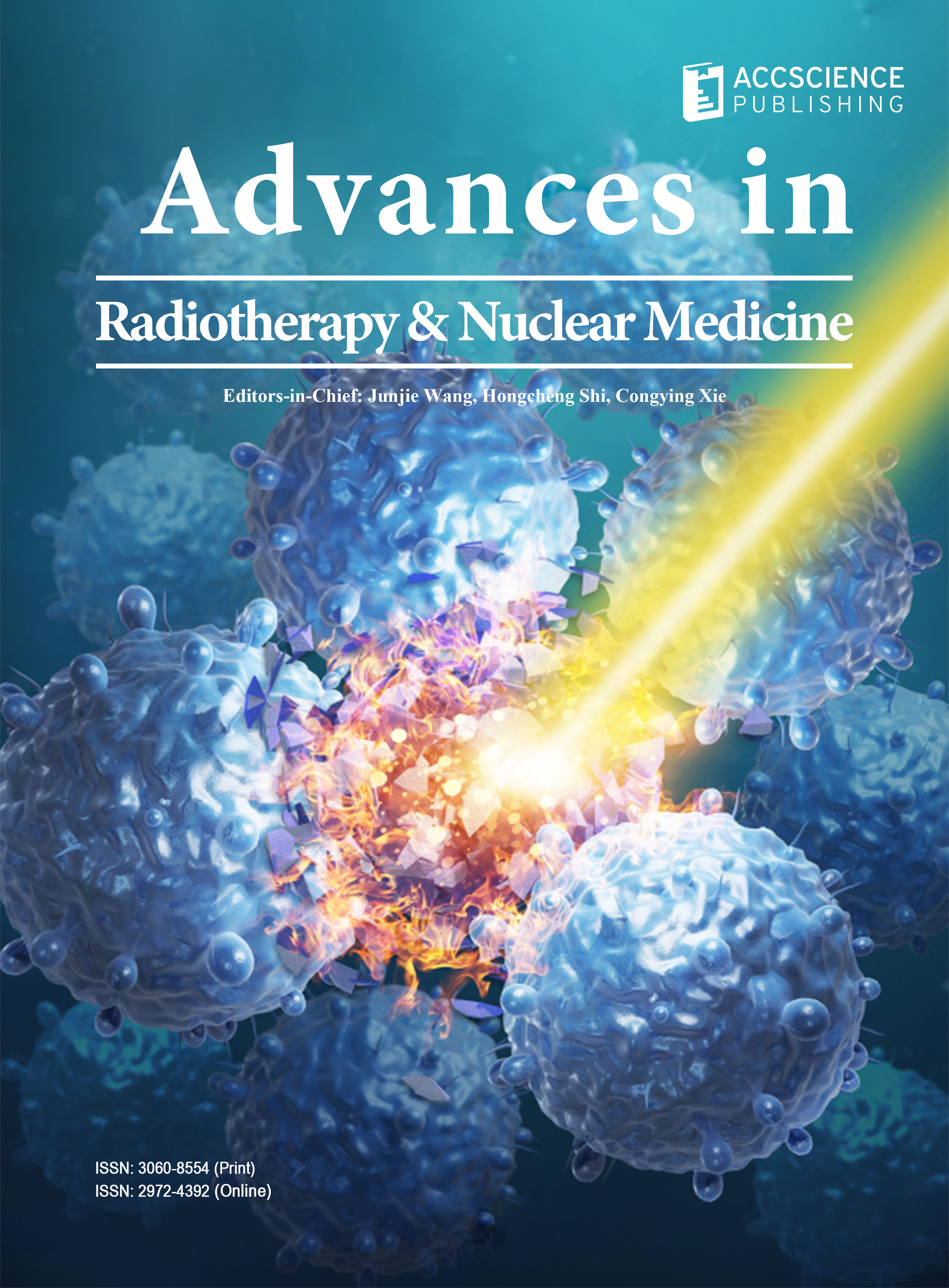Effectiveness of the barcode certification system in preventing incorrect use of patient immobilization device in radiotherapy

The present study showed that using a barcode system could reduce the improper use of immobilization devices in patient positioning, by reviewing the incident/accident (IA) reports before and after the introduction of the barcode system. A barcode system is an effective tool to eliminate human error, which is essential for patient safety. In our institution, approximately 1700 patients were treated using external irradiation. We introduced a barcode system for patient immobilization devices used in external irradiation of radiation therapy. Radiation therapy cannot be performed until each immobilization device is authenticated by a barcode. The IA reports from 2010 to 2019, before and after the barcode system was introduced, were compared. During this period of time, 271 IA reports were submitted from our department, of which 16 reports concerned with patient setup. Analysis was performed using R, comparing the IA report before and after the barcode system was introduced. The number of the IA reports concerning patient positioning and immobilization decreased from 12 to 4 after the barcode system was introduced. We have also investigated the time efficiency of barcode certification system. The average treatment time per patient was 7 min both before and after the barcode certification was introduced, showing no significant change in time efficiency. In conclusion, an authentication system of patient’s individual therapeutic devices using barcode is a necessary tool to avoid the improper use of immobilization devices, misplacement of bolus, and improper couch shape.
- Radiation Therapy Subcommittee, 2015, Practice of Immobilization and Verification for External Beam Radiation Therapy. Japan: Japanese Society of Radiological Technology, p97–143 [Article in Japanese].
- Fiorino C, Reni M, Bolognesi, et al., 1998, Set-up error in supine-positioned patients immobilized with two different modalities during conformal radiotherapy of prostate cancer. Radiother Oncol, 49: 133–141. https://doi.org/10.1016/s0167-8140(98)00127-3
- Song PY, Washington M, Vaida F, et al., 1996, A comparison of four patient immobilization devices in the treatment of prostate cancer patients with three dimensional conformal radiotherapy. Int J Radiat Oncol Biol Phys, 34: 213–219. https://doi.org/10.1016/0360-3016(95)02094-2
- Bissonnette JP, Medlam G, 2010, Trend analysis of radiation therapy incidents over seven years. Radiother Oncol, 96: 139–144. https://doi.org/10.1016/j.radonc.2010.05.002
- Kohn LT, Corrigan JM, Donaldson MS, ???, To Err is Human Building a Safer Health System, Committee on Quality of Health Care in America. Washington, D.C.: Institute of Medicine National Academy Press, p49–68.
- Terezakis SA, Harris KM, Ford E, et al., 2013, An evaluation of departmental radiation oncology incident reports: Anticipating a national reporting system. Int J Radiat Oncol Biol Phys, 85: 919–923. https://doi.org/10.1016/j.ijrobp.2012.09.013
- Yamamoto T, Oka K, 2019, A human factors study using VTA for incident cases in radiotherapy. Nihon Hoshasen Gijutsu Gakkai Zasshi, 75: 1249–1259. https://doi.org/10.6009/jjrt.2019_JSRT_75.11.1249
- Ihaka R, Gentleman R, 1996, R: A language for data analysis and graphics. J Comput Graph Stat, 5: 299–314. https://doi.org/10.2307/1390807
- R Core Team, 2017, R: A Language and Environment for Statistical Computing. Vienna, Austria: R Foundation for Statistical Computing. Available from: https://www.r-project.org
- Scott-Brown M, Miah A, Harrington K, et al., 2010, Evidence-based review: Quality of life following head and neck intensity-modulated radiotherapy. Radiother Oncol, 97: 249–557. https://doi.org/10.1016/j.radonc.2010.08.004
- Suzuki J, Takeoka K, Shima K, et al., 2012, Uncertainty in patient set-up margin analysis in radiation therapy. J Radiat Res, 53: 615–619. https://doi.org/10.1093/jrr/rrs003
- Duteau J, 2014, Blood specimen labelling errors: Implications for nephrology nursing practice. CANNT J, 24: 25–28.
- Najafpour Z, Hasoumi M, Behzadi F, et al., 2017, Preventing blood transfusion failures: FMEA, an effective assessment method. BMC Health Serv Res, 17: 453. https://doi.org/10.1186/s12913-017-2380-3

